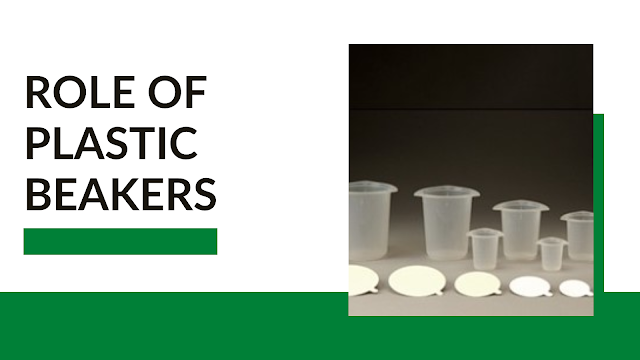Proper Maintenance of Your Lab Centrifuge!

Once you have invested in a lab centrifuge, you want to ensure it continues functioning effectively for as long as possible. Maintaining your device properly can help with that and ensure your safety and the seamless operation of your application. We look at how to keep your lab centrifuge in great shape through regular maintenance, such as cleaning with centrifuge brushes , etc., in this blog, including: Examining components for damage Getting regular maintenance done Lubricating and cleaning the apparatus Let's take a deeper look at each of these. Check for Damaged Parts Periodically inspect the device for any indications of damage. It is not advisable to utilize damaged rotors, adapters, buckets, lids, tubes, or plates. Here are some illustrations of what you might see: Parts exposed to salts, moisture, and harsh chemicals, such as the rotor and buckets, have corroded over time. There may be minor surface blemishes, cracks, or holes in the rotor or buckets. Damage to the lid gas...





